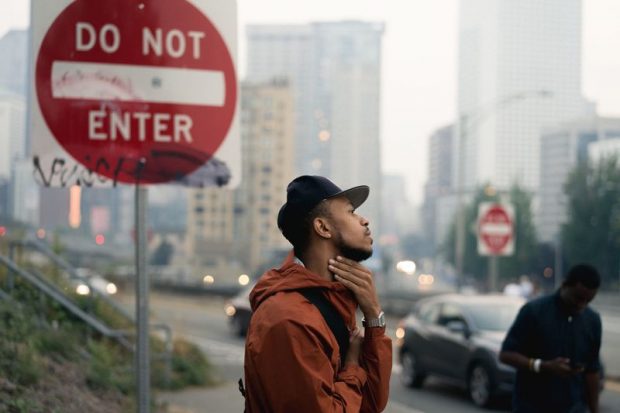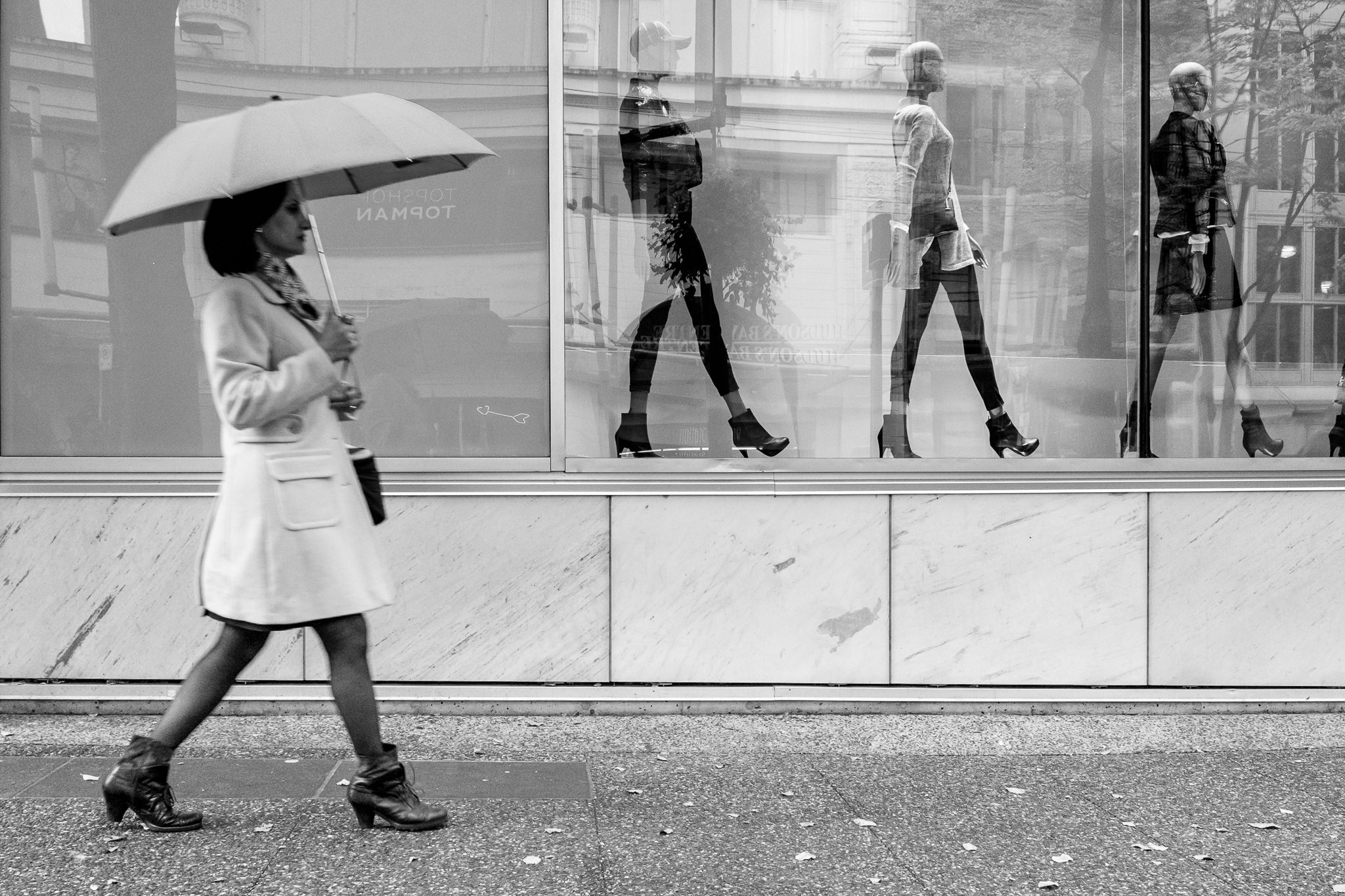Some Known Factual Statements About Framing Streets
Table of ContentsSome Known Facts About Framing Streets.Getting My Framing Streets To WorkThe Framing Streets StatementsThe Ultimate Guide To Framing StreetsFraming Streets Things To Know Before You BuyThe 15-Second Trick For Framing Streets
Digital photography style "Crufts Pet Show 1968" by Tony Ray-Jones Road photography (likewise occasionally called candid digital photography) is photography performed for art or inquiry that features unmediated possibility encounters and random cases within public places, typically with the aim of capturing photos at a crucial or touching minute by careful framing and timing. 
His boots and legs were well defined, but he is without body or head, due to the fact that these were in activity." Charles Ngre, waterseller Charles Ngre. https://ameblo.jp/framingstreets1/entry-12836078313.html was the very first photographer to obtain the technological sophistication needed to register people in movement on the road in Paris in 1851. Photographer John Thomson, a Scotsman collaborating with reporter and social protestor Adolphe Smith, published Street Life in London in twelve month-to-month installments starting in February 1877
9 Easy Facts About Framing Streets Described
Eugene Atget is regarded as a progenitor, not since he was the first of his kind, however as a result of the popularisation in the late 1920s of his document of Parisian roads by Berenice Abbott, that was motivated to carry out a similar documents of New York City. [] As the city developed, Atget assisted to advertise Parisian streets as a deserving subject for digital photography.

The Basic Principles Of Framing Streets
Martin is the first recorded digital photographer to do so in London with a masked camera. Mass-Observation was a social study organisation started in 1937 which intended to tape-record daily life in Britain and to tape the reactions of the 'man-in-the-street' to King Edward VIII's abdication in 1936 to marry separation Wallis Simpson, and the succession of George VI. Between 1946 and 1957 Le Groupe des XV yearly displayed job of this kind. Andre Kertesz. Circus, Budapest, 19 May 1920 Road digital photography formed the significant web content of 2 exhibits at the Museum of Modern Art learn the facts here now (Mo, MA) in New york city curated by Edward Steichen, Five French Professional Photographers: Brassai; Cartier-Bresson, Doisneau, Ronis, Izis in 1951 to 1952, and Post-war European Photography in 1953, which exported the idea of street digital photography worldwide.

How Framing Streets can Save You Time, Stress, and Money.
, after that an instructor of young kids, linked with Evans in 193839.'s 1958 publication,, was substantial; raw and typically out of focus, Frank's photos examined conventional photography of the time, "tested all the official regulations laid down by Henri Cartier-Bresson and Walker Evans" and "flew in the face of the wholesome pictorialism and genuine photojournalism of American magazines like LIFE and Time".